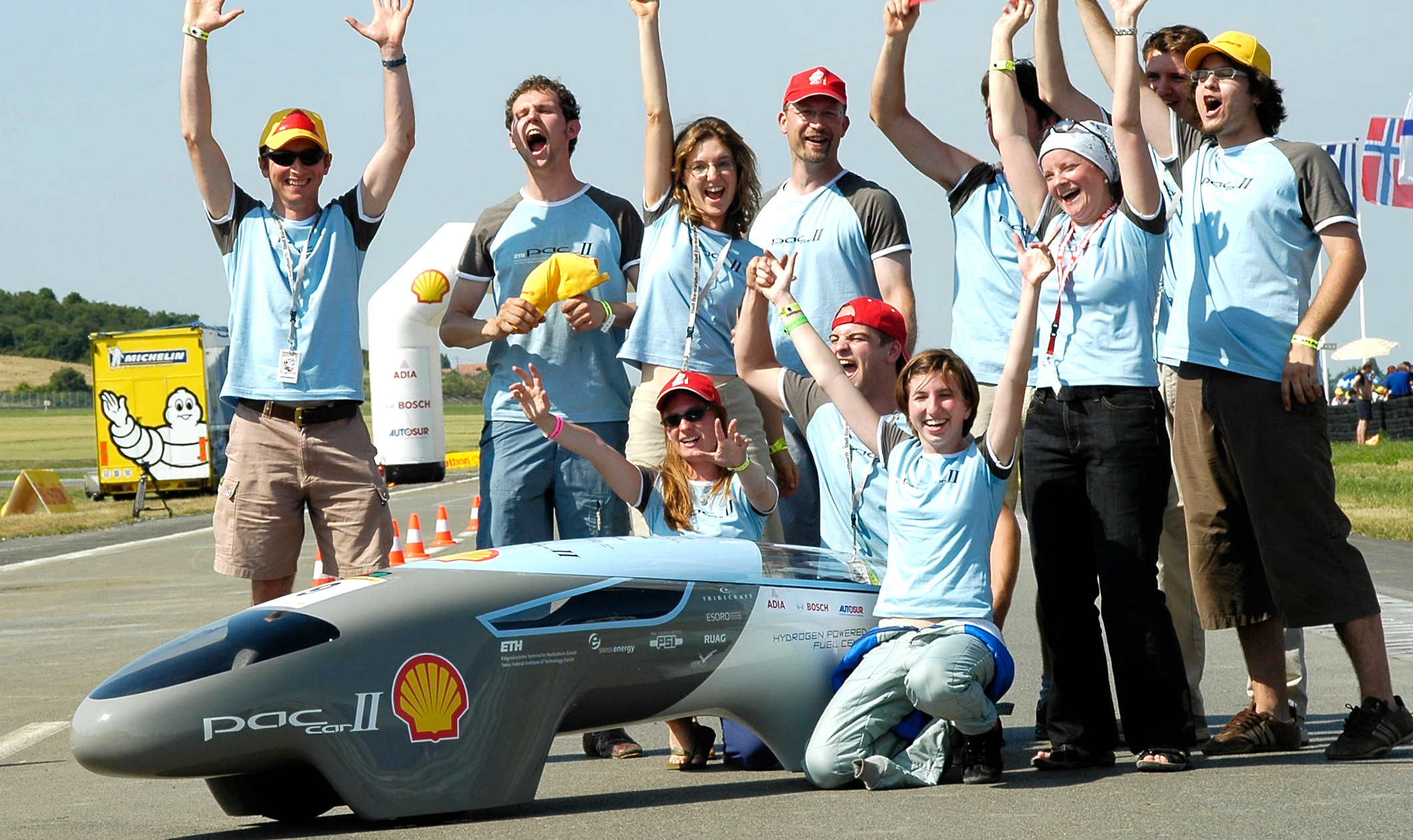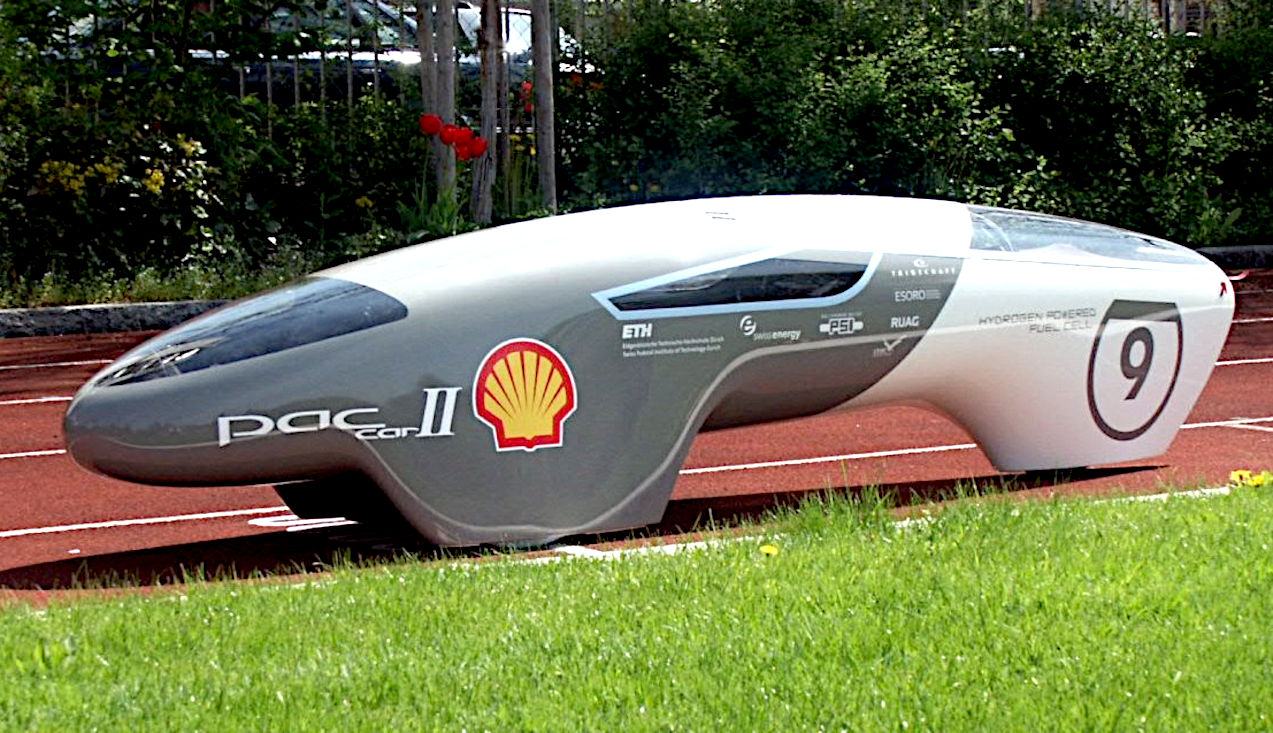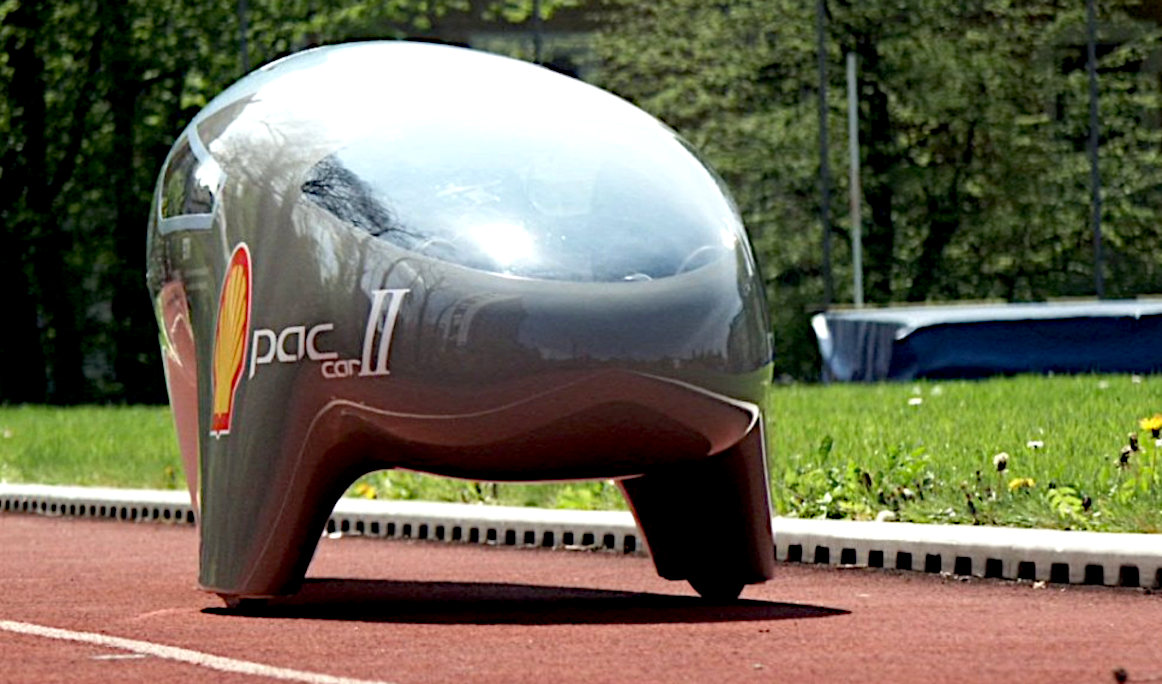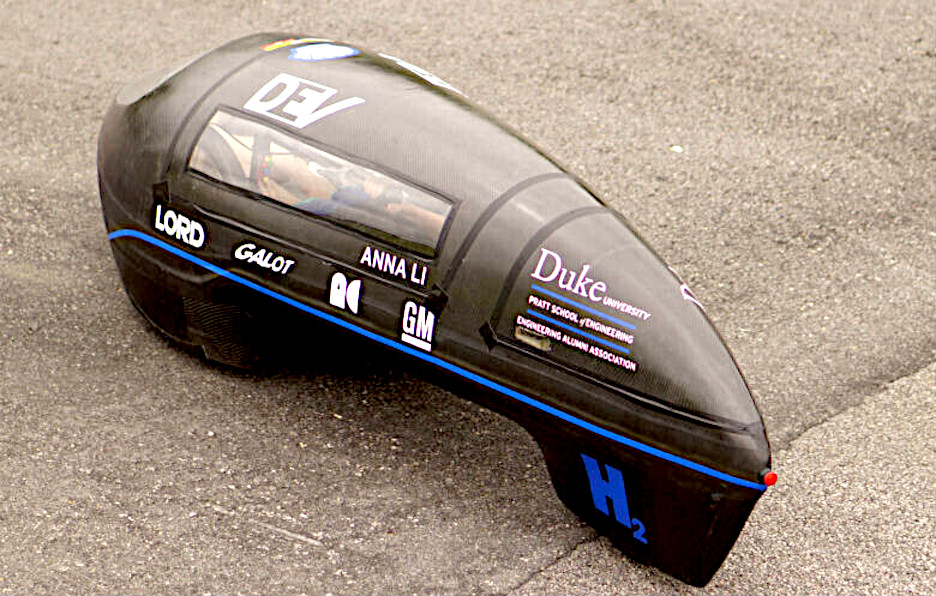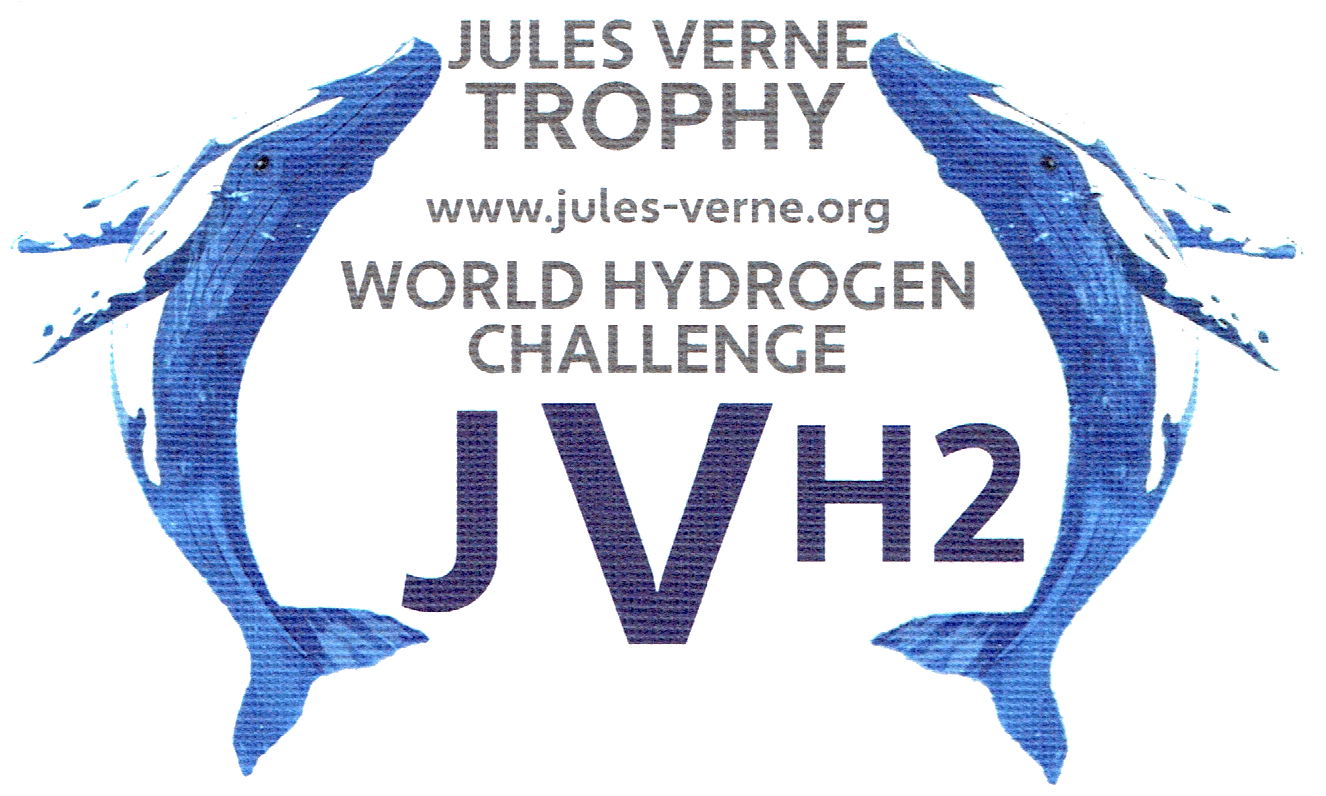|
P A C C A R II E. T. H. Z U R I C H
GUINNESS BOOK OF WORLD RECORDS 2005
Please use our A-Z to navigate this site or return HOME
|
|
In 2005, Swiss researchers developed the world’s most economical, car that could circle the globe on only eight litres of fuel. The Pac-Car uses hydrogen fuel cell technology and was developed by a team at the Swiss Federal Technical University headed by Professor Lino Guzzella.
|
|
Though not a practical road registered car, the record set by the PAC Car II, ETH Zurich on the 26th of June 2005 remains an astounding achievement in the EV and hydrogen record books, that helps production engineers, look to a theoretical baseline, of what might be achieved if there are no limits:
- 14,573 mpg imperial - 12,134 mpg US gasoline equivalent - 0.0186 L/100 km
The event was recorded by the Guiness Book of World Records, an organization that ensures record attempts are properly measured, timed, and otherwise validated for accuracy, before inclusion.
If this vehicle had been registered for the road in Switzerland, it would have taken the JVH2 in the vehicles, 'custom' category. But of course the JVH2 did not exist at that time.
This record was broken in 2018, by Duke University Electric, at Benson, North Carolina, USA:
- 15,200 mpg imperial - 12,600 mpg US gasoline equivalence - 0.01614 liters per 100 kilometres
We have high hopes that with encouragement and support, electric motoring may be more economical than Internal Combustion Engines (ICE), except perhaps those running on renewables like Methanol, or Ammonia.
360
CAR MUSEUM - 2005 PAC CAR II
This corresponds to 0.0186 L/100 km (15,200 mpg-imp; 12,600 mpg-US) gasoline equivalence. This world record is certified by the Guinness Book of World Records.
HYDROGEN CARS NOW - ETH ZURICH PAC-CAR II
- On June 26, 2005, the ETH Zurich PAC-Car II broke the Guinness Book of World Records by gliding into a new one, setting a fuel economy record of 15,212 mpg. The ETH Zurich PAC-Car II set this astounding feat at the Shell Eco-Marathon in Ladoux, France. The PAC-Car II was created by the Swiss Federal Institute of Technology of Zurich including a team of 20 students from the Department of Mechanical and Process Engineering.
In 2005, Swiss researchers developed the world’s most economical, car that could circle the globe on only eight litres of fuel. The Pac-Car uses hydrogen fuel cell technology and was developed by a team at the Swiss Federal Technical University headed by Professor Lino Guzzella. Their record stood for 13 years, until Duke University had a crack at the hydrogen whip.
Guinness have helped to provide recognition for record breakers in thousands of categories. Providing a fascinating book for youngsters.
LINKS
https://www.hydrogencarsnow.com/index.php/eth-zurich-pac-car-ii/ https://360carmuseum.com/en/museum/23/exhibit/1241 https://www.swiss-miss.com/2005/08/worlds_most_eco.html https://www.guinnessworldrecords.com/world-records/most-fuel-efficient-vehicle
|
|
|
|
Please use our A-Z INDEX to navigate this site or return HOME
This website is Copyright © 2022 Jameson Hunter & Cleaner Ocean Foundation Ltd, equal opportunities companies and SDG champions. This website is carbon friendly, using less energy to load on average per page via simplicity & picture optimization. The same may not apply to third party links.
|
